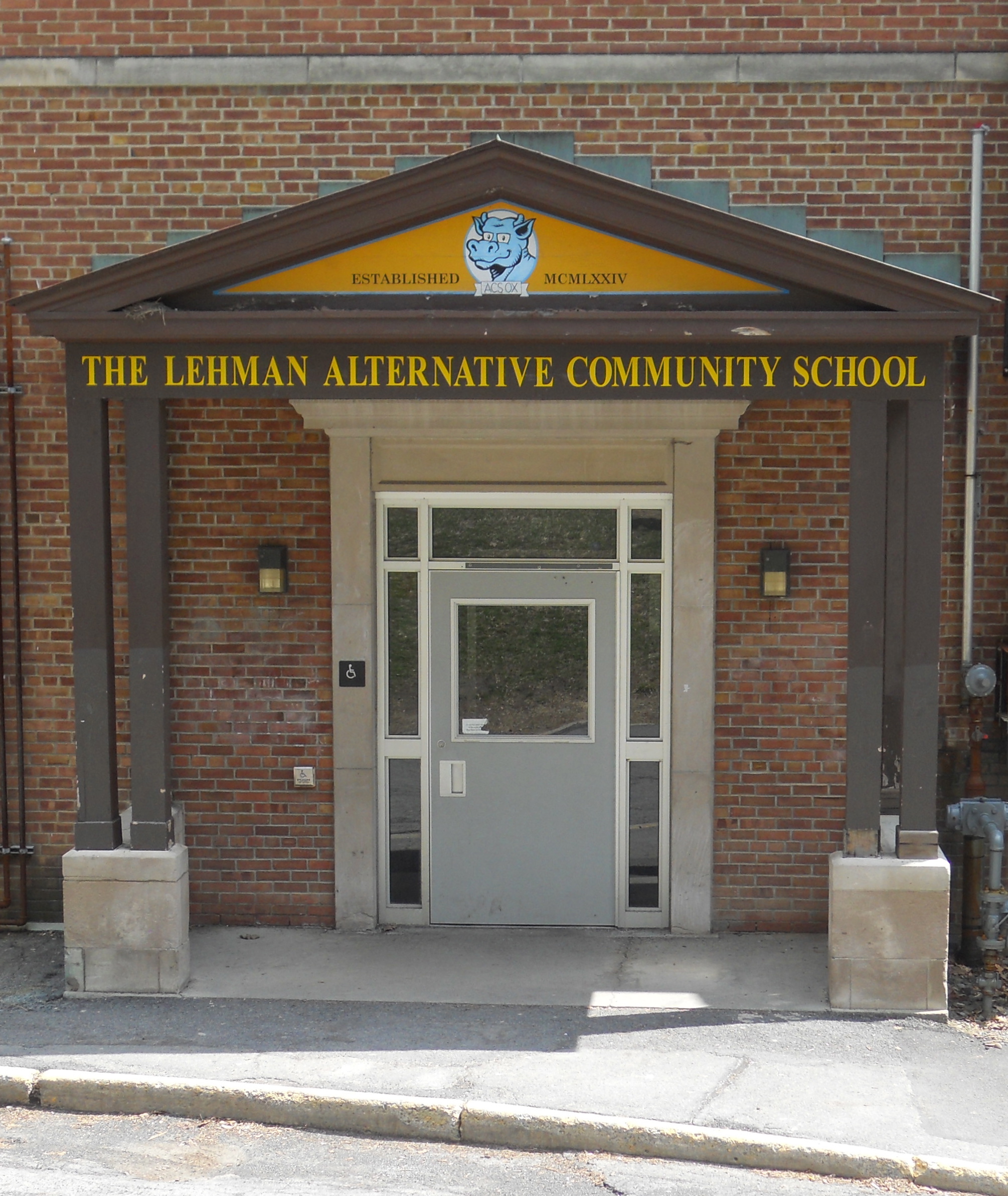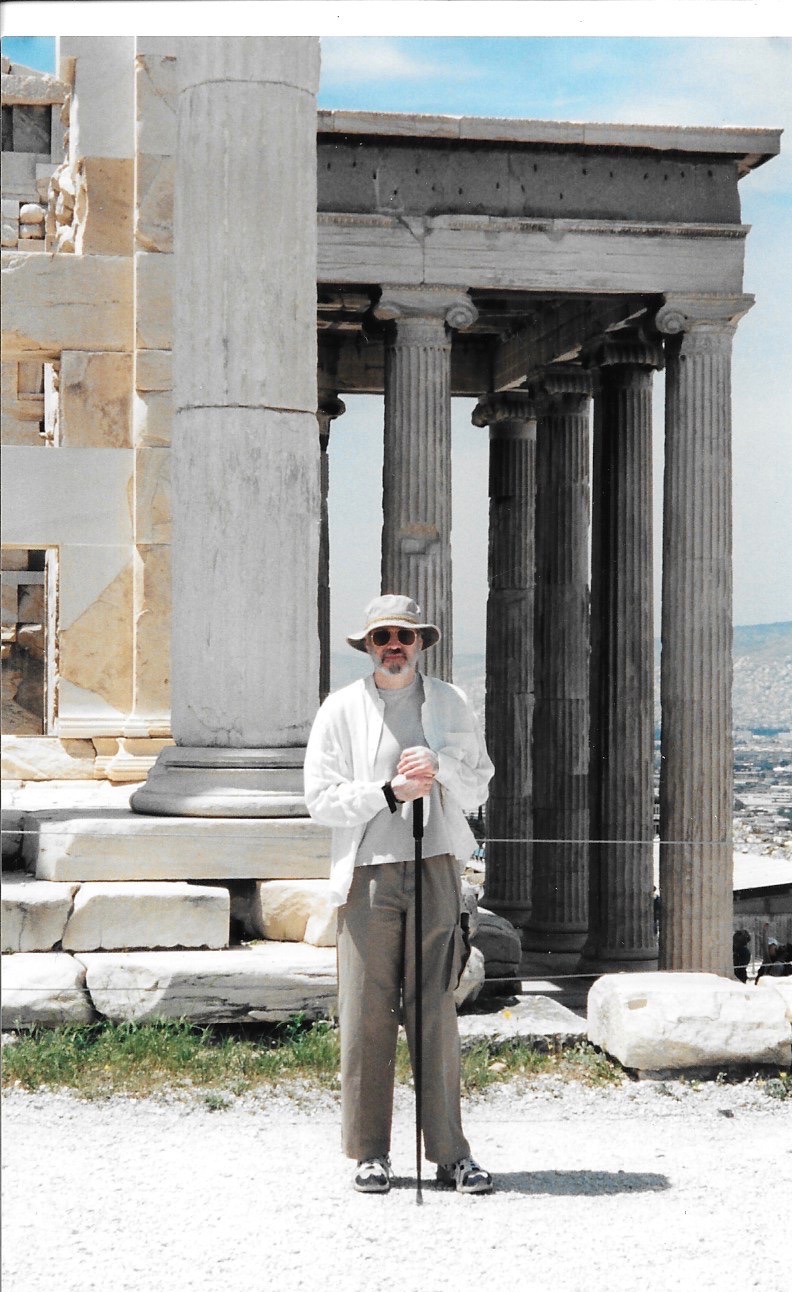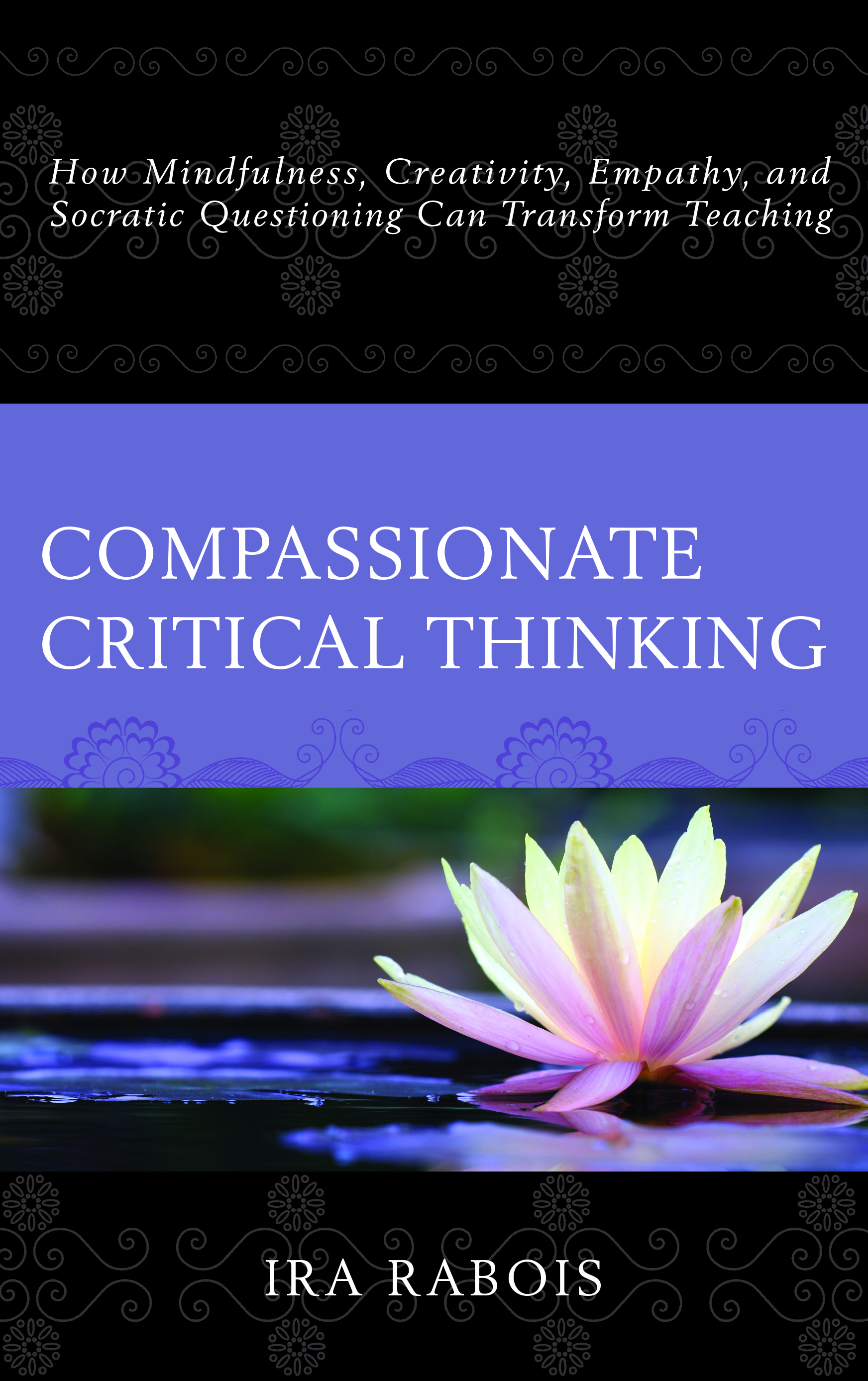In the 1990s, Arthur Costa and Bena Kallick wrote a series of books on fostering habits of mind that assist the learning process. I, and many teachers that I worked with, greatly benefitted from their approach. The books argued that if students learned these habits, then they would be able to successfully put in the type of effort that leads to deep learning. The habits included persisting, striving for accuracy, thinking flexibly, managing impulsivity, listening with understanding and empathy, thinking about thinking, responding with wonderment and awe, etc. This approach is being revived today and I think it is a tremendous step, hopefully indicating an increased understanding of the necessity to teach the social and emotional aspects of learning. I would make minor adjustments, such as adding patience to persisting, and gratitude to responding with wonderment and awe. And I’d ask: Is it accurate and beneficial to call these mental processes or qualities of mind “habits”? Are the habits separate and discrete? Or are they merely different ways to view one quality of mind or experience? And what is the most efficacious way to teach what the habits teach us?
Costa and Kallick describe many excellent methods for teaching these habits. For example, you can use “word splashes” or brainstorms on the meanings of the habit. You can use questioning strategies that help students elucidate and analyze a problem, and you can incorporate the habits into rubrics students can use to reflect on their thinking process.
We teach through modeling. To help teach reflection, for example, we model awareness, honesty and humanity in the class. We need to admit what and when we don’t really know something or if we get something wrong. If we want to teach flexibility or hearing with empathy, for example, then we teach with those qualities. When there is any doubt about what a student means in his or her analysis of a passage in a text, for example, we don’t just assume we understand what a student means; we paraphrase and then ask for confirmation.
Other ways to teach these qualities that I use include linking class content and student concerns. By asking students to work on questions that are meaningful and important to them, we can stimulate the student’s own striving for accuracy, curiosity, and ability to think flexibly and critically.
Costa and Kallick state that the habits work together. Thinking critically, for example, is a complex and multifaceted mental process and is best taught as a whole process. I think it begins with clarifying the problem or question and careful observation. Then gathering and immersing yourself in the material, presenting and questioning evidence and theories, mindful awareness and reflection on your process, incubation or stepping back to gain some perspective. And, finally, stating and testing a synthesis or conclusion. It involves not one but possibly all of the beneficial habits Costa and Kallick describe.
And I recommend teaching the habits experientially, with mindful meditation. Take a moment to sit back and relax. Just settle into the chair. Close your eyes now, or in a moment or two, as you feel comfortable. Just let your body settle, relax. Pick a place to put your attention, like maybe the area around your eyes. Just feel the muscles around your eyes. Can you feel how your body, very subtly, expands as you breathe in? Just notice it. And as you breathe out, can you feel your eyes relax, settle down, let go of any tension? Just feel that for a minute.
Give the following directions or ask the following questions one at a time, with patience.
Now, think of a time that you were very patient, or you witnessed someone else being patient. Just observe yourself or the person. What did you or this person do? What actions did she or he take? What qualities did you or this other person show? How do you think the person felt while being patient? How do you feel when you’re patient? How does it feel when someone is patient with you?
Now just sit for a minute with the feeling of patience.
When you practice this meditation, notice what you feel at the end. Patience does not stand by itself. It comes along with other qualities of mind, more than I could sum up, qualities like calmness and clarity of thought. You manage impulsivity, for example, by first monitoring it, or by allowing awareness of how the impulsivity is specifically arising moment-by-moment in your body and mind. If you get absorbed in your internal comments or become judgmental of yourself for “having” the impulsivity, or if you don’t allow the awareness of what is going on to fully arise, you become lost. You manage nothing.
And this is true with all the “habits.” They are different aspects of awareness of what and how we “pay” attention. To start learning habits of mind, allow into awareness, “How am I thinking, now? What habits am I using now?” One of the habits, for example, is “thinking about thinking” or metacognition. We could also call it “attending to thinking” to avoid using the word ‘thinking’ too ambiguously. What is the goal of attending to our thinking? Is it an intellectual analysis of how our thinking could be improved? Or is it actually thinking consciously and clearly? The two are not necessarily the same, any more than eating a meal and the description of the tastes are the same. Analysis is based on memory and is an after-the-fact commenting on conscious experience. The other is direct experience. The former depends on the latter. Mindfulness meditation teaches us how to be aware of direct experience, or our moment-by-moment quality of attention. This includes, as we pointed out with “impulsivity,” being aware and open to whatever arises, even confusion, anxiety, or fear. Without developing this clear awareness of direct experience, metacognition is handicapped.
The habits of mind bring attention to important mental processes or qualities of mind. However, these “habits” are not discrete and separate. They arise and work together. And to fully utilize a complex mental process, you need clear awareness of your own mental state. Mindfulness meditation provides a wonderful method to develop this clear and direct awareness.








